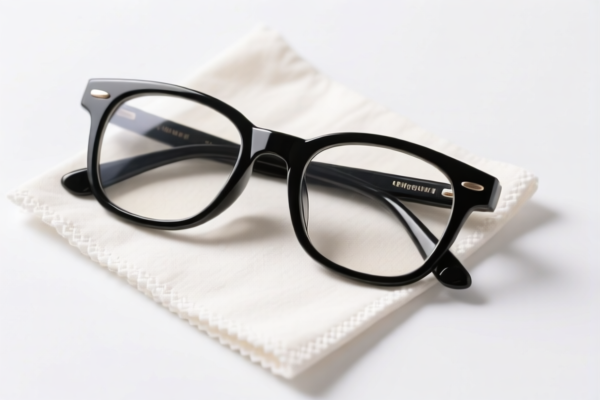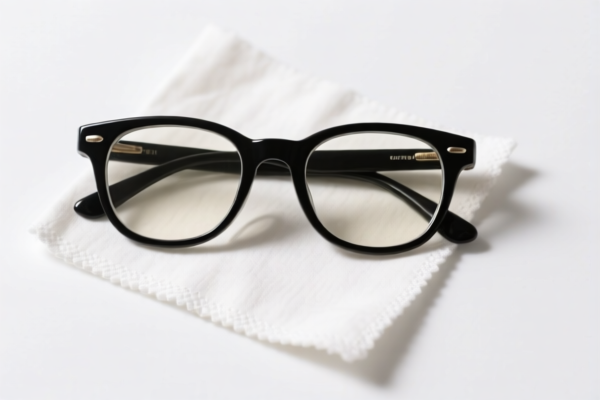| HS Code | Official Doc | Tariff Rate | Origin | Destination | Effective Date |
|---|---|---|---|---|---|
| 6304996040 | Doc | 33.2% | CN | US | 2025-05-12 |
| 6304920000 | Doc | 36.3% | CN | US | 2025-05-12 |
| 5601290090 | Doc | 59.0% | CN | US | 2025-05-12 |
| 5601290010 | Doc | 59.0% | CN | US | 2025-05-12 |
| 5609004000 | Doc | 58.9% | CN | US | 2025-05-12 |
| 5609001000 | Doc | 57.9% | CN | US | 2025-05-12 |
| 5404900000 | Doc | 55.0% | CN | US | 2025-05-12 |
| 4202313000 | Doc | 58.7% | CN | US | 2025-05-12 |
| 4202316000 | Doc | 63.0% | CN | US | 2025-05-12 |
| 4205008000 | Doc | 55.0% | CN | US | 2025-05-12 |
| 4205000500 | Doc | 57.9% | CN | US | 2025-05-12 |
| 3926904800 | Doc | 33.4% | CN | US | 2025-05-12 |
| 3926909910 | Doc | 42.8% | CN | US | 2025-05-12 |
| 3921904010 | Doc | 34.2% | CN | US | 2025-05-12 |
| 3921904090 | Doc | 34.2% | CN | US | 2025-05-12 |




Glasses Cloth
A glasses cloth is a specialized fabric used for cleaning lenses, typically those found in eyeglasses, sunglasses, camera lenses, and other optical devices.
Material:
The primary material is microfiber, a synthetic fiber composed of polyester and polyamide. Microfiber cloths are favored due to their exceptional softness, high density, and ability to lift and trap dirt, dust, oils, and smudges without scratching delicate surfaces. Some cloths may incorporate a small percentage of other materials for enhanced cleaning or durability. Higher quality cloths often have a tighter weave (measured in grams per square meter – GSM) for improved performance.
Purpose:
The primary purpose is to remove debris from optical lenses without causing scratches or damage to coatings. Unlike paper towels or standard cloths, microfiber cloths do not leave lint or residue behind. They are designed to be reusable and washable.
Function:
The function relies on the properties of microfiber. The split fibers create a larger surface area, allowing the cloth to absorb more liquid and trap particles effectively. The static charge within the fibers also helps attract dust. Proper cleaning technique (see Usage) is crucial to maximize effectiveness and prevent streaking.
Usage Scenarios:
- Eyeglasses & Sunglasses: Daily cleaning to remove fingerprints, smudges, and dust.
- Camera Lenses: Removing dust and fingerprints before and after use to maintain image quality.
- Smartphone & Tablet Screens: Cleaning touchscreens without damaging coatings.
- Other Optical Devices: Binoculars, telescopes, VR headsets, and any surface requiring gentle cleaning.
Common Types:
- Standard Glasses Cloth: Typically a small, rectangular cloth.
- Pre-Moistened Lens Wipes: Cloths pre-saturated with a lens cleaning solution (often alcohol-based). While convenient, these are often single-use and can be more expensive.
- Cleaning Kits: Bundles including a cloth, cleaning spray, and sometimes a small brush or screwdriver.
- Larger Cloths: Available for cleaning larger surfaces, like camera filters or multiple lenses.
- Specialty Cloths: Some cloths are designed for specific lens coatings (e.g., anti-reflective coatings).
Care Instructions:
- Hand Wash: Recommended. Use lukewarm water and a mild, lint-free detergent.
- Machine Wash: Possible, but use a delicate cycle and avoid fabric softeners, bleach, and dryer sheets.
- Drying: Air dry or tumble dry on low heat.
- Avoid: Harsh chemicals, abrasive cleaners, and washing with other laundry items that may leave lint. Regular washing is important to maintain the cloth's effectiveness.
Glasses cloths are typically used for cleaning lenses and frames of spectacles, sunglasses, and other eyewear. They are often made of microfiber or other soft, non-abrasive materials to prevent scratching.
Here are relevant HS codes based on the provided reference material:
-
4202313000: This HS code covers articles of a kind normally carried in the pocket or in the handbag, with outer surface of leather or of composition leather, specifically of reptile leather. While glasses cloths are not typically made of reptile leather, this code is included as it relates to small articles carried for personal use.
- 42: Articles of leather or of composition leather; travel goods, handbags and similar articles; articles of animal gut, and articles of straw or of esparto.
- 02: Articles of a kind normally carried in the pocket or in the handbag.
- 31: Articles of a kind normally carried in the pocket or in the handbag, with outer surface of leather or of composition leather.
- 30: Of reptile leather.
-
4202316000: This HS code also covers articles of a kind normally carried in the pocket or in the handbag, but with outer surface of leather or of composition leather, other than reptile leather. Again, glasses cloths are not typically leather, but this code is included as it relates to small personal articles.
- 42: Articles of leather or of composition leather; travel goods, handbags and similar articles; articles of animal gut, and articles of straw or of esparto.
- 02: Articles of a kind normally carried in the pocket or in the handbag.
- 31: Articles of a kind normally carried in the pocket or in the handbag, with outer surface of leather or of composition leather.
- 60: Other.
-
3926904800: This HS code covers other articles of plastics and articles of other materials of headings 3901 to 3914, specifically photo albums. While not directly related to glasses cloths, this code is included as it represents other articles made of plastics.
- 39: Plastics and articles thereof.
- 26: Other articles of plastics and articles of other materials of headings 3901 to 3914.
- 90: Other.
- 48: Photo albums.
According to the provided reference material, the HS code options related to 'glasses cloth' are limited, with only the following 3 found.
Regarding HS code 4202313000 and 4202316000, please note that these codes relate to articles with outer surfaces of leather or composition leather. If the glasses cloth is not made of these materials, these codes may not be appropriate.
Customer Reviews
No reviews yet.